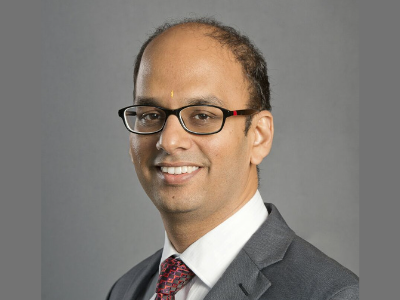Listen to this article
The last one and a half years have been not so good for fixed income. Addressing this issue at Cafemutual Confluence 2022 (CC2), Manish Banthia Senior Fund Manager Fixed Income, ICICI Prudential MF said that fixed income flows in cycles and there are periods when the interest rates are low. As a result, it became difficult for fund managers to generate good returns due to depressed YTMs (Yield to Maturity).
But these are cycles. When the dull period gets passed the bright sun appears. And Manish thinks that the bright sun for fixed income has started to appear.
Let us hear directly from Manish to know why he is so optimistic on debt funds:
As covid passed, the economy started to move from the recovery phase to the expansion phase. There are no macro challenges as such, interest rates start to normalise and growth comes back in this phase.
While the EPS starts to grow, the cost of equity which is dependent on interest rates begins to move up. Thus, return on equity and return on debt in the expansion phase are not very different. However, debt makes a lot of sense in this phase as equity will be plagued with high valuations at some point in time. Also, our earnings bond yields models suggest that from a long term and pure valuation perspective, bond yields look much more attractive than equity.
The expansion cycle is a very positive credit cycle. In the last four years, balance sheets have got deleveraged and as corporates would want to take more money to invest, corporate papers will have better spreads. This means yields on corporate paper will start to improve.
In a broader context, the effective returns on fixed income which was around 3-5% a year back, has moved to 7-9% in my view.
Returns in different scenarios
There are two parts of return - accrual income and capital appreciation. Returns accrued from the coupon are accrual income. And, when bond prices move, there is either a capital appreciation or capital depreciation.
In a falling interest rate scenario, the 10-year yield goes down and that generates a capital appreciation. However, in a rising interest rate scenario, the maximum return for bonds comes from the coupon. This means that, in this economic cycle, look for portfolios which have a better YTM on a risk-adjusted basis.
When interest rates are stable for a long time and the corporate credit growth is a good cycle, credit assets generally make the most money.
Debt Vs fixed deposits
From Sept 2021 to Sept 2022, the RBI repo rate moved up by 190 bps (basis points), from 4% to 5.90%. The rates in the corporate bond and SDL (State Development Loans) markets went up by 202 bps from 5.46% to 7.48%. So effectively, against an average of 5.65% on fixed deposits, markets are already giving a 7.5%. If you look at the AA segment, the yields are now more than 8%. And, the yields are ahead of 9% in the single A segment.
Thus, the current bank deposit market which stands at Rs. 1.70 lakh thousand crore hints at the existing opportunities for bringing a change in your clients’ fixed income portfolios.
Here’s a teaser of Manish’s session. You can watch the entire video along with other CC 22 videos at a nominal price of Rs. 499 only. Simply write to us at fouzia@cafemutual.com and get ready to march towards Rs. 100 lakh crore.






